My favourite painting: Stephen Bayley
'...one thing was very obvious: here was an image of smouldering erotic power, the more so because it was so baffling.'

Stephen Bayley says:
Growing up in Liverpool, when the pop and the poets were only memories, I was avid to inhabit a bohemian culture of my own. Helped by a sympathetic art master (with a corduroy jacket and a van Dyck beard), I put the Walker Art Gallery on my beat. There, I found this painting. The symbolism was impossible to interpret, but a beautiful, distressed woman floating mysteriously in mountains spoke directly to a youth ambitiously exploring romantic and artistic possibilities beyond the limitations of Merseyside. At the time, I had no idea that the iconography was inspired by Hinduism nor that Segantini was bedding Bugatti’s sister, but one thing was very obvious: here was an image of smouldering erotic power, the more so because it was so baffling.
Stephen Bayley helped change the way people think about design with his Boilerhouse Project at the V&A. His latest book, Taste, was published this month
John McEwen comments on The Punishment of Lust:
For Segantini, ‘modern art’ was ‘the investigation of colour in light’. He was not alone. In France, this movement was Pointillism; in Italy, Divisionism. Pointillist painters juxtaposed dots of pure colour, Segantini thin threads. Luminosity was the aim. Divisionism, following Italian unification, was also philosophical, political and spiritual. Segantini notably escaped Industrialism by living in the Alps. His museum is in St Moritz.
An impoverished childhood fitted his empathy with the poor and outcast and his redemptive ascent to success. Entrusted as an orphan to a young step-sister, he had a chaotic upbringing that rendered him permanently stateless. Briefly, he was a Milanese waif and he only learned to read and write in his mid-thirties.
Police committed him to a reformatory, where a chaplain set him on the right path by noting his artistic talent. He subsequently trained at Milan’s Brera Academy, where he became friends with Carlo Bugatti, father of the car maker, and fell in love with Carlo’s sister Bice. His statelessness meant they could not marry. They had four children, but were condemned to a peripatetic existence. Despite international success, Segantini’s temperament, sensibility and civil exile made him increasingly dependent on Alpine seclusion.
There, his Divisionism blended with anti-materialist Symbolism. Segantini was a cradle Catholic and, bolstered by Bice’s devotion, believed motherhood a woman’s sacred calling. This picture is from a series on ‘bad mothers’ (cattive madri). It needs explaining that the floating women are in a glacial limbo because they committed the mortal sin of abortion. Nonetheless, melting snows and flourishing trees promise redemption. Victorian political correctness meant ‘Lust’ was changed to ‘Luxury’ for many years; imagination and mastery remained inviolate.

My favourite painting: Paul Nurse
Paul Nurse chooses his favourite painting for Country Life.
Sign up for the Country Life Newsletter
Exquisite houses, the beauty of Nature, and how to get the most from your life, straight to your inbox.
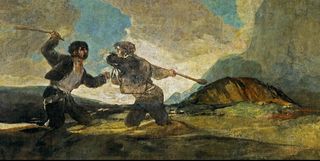
My favourite painting: Gerald Scarfe
Gerald Scarfe chooses his favourite painting for Country Life.
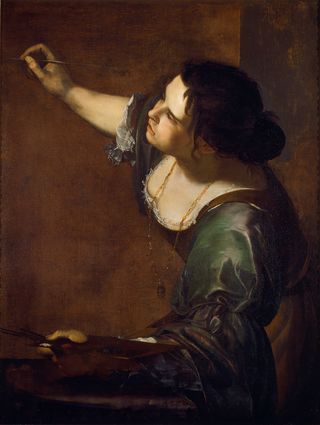
My favourite painting: Sandi Toksvig
Sandi Toksvig chooses her favourite painting for Country Life.
Country Life is unlike any other magazine: the only glossy weekly on the newsstand and the only magazine that has been guest-edited by HRH The King not once, but twice. It is a celebration of modern rural life and all its diverse joys and pleasures — that was first published in Queen Victoria's Diamond Jubilee year. Our eclectic mixture of witty and informative content — from the most up-to-date property news and commentary and a coveted glimpse inside some of the UK's best houses and gardens, to gardening, the arts and interior design, written by experts in their field — still cannot be found in print or online, anywhere else.
-
 Chilstone
ChilstoneChilstone have been makers of fine cast stone garden ornaments and architectural stone since 1953.
By Country Life Published
-
 Guild Anderson
Guild AndersonGuild Anderson’s work in country houses and historic buildings centres around the design and reimagining of domestic working spaces, chiefly kitchens, sculleries, boot rooms and pantries.
By Country Life Published
-
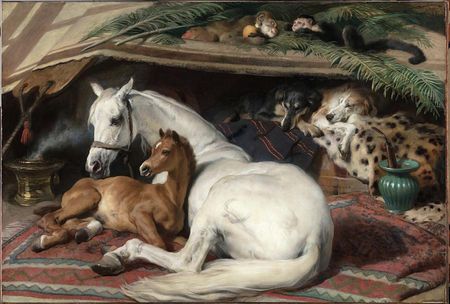 'As a child I wanted to snuggle up with the dogs and be part of it': Alexia Robinson chooses her favourite painting
'As a child I wanted to snuggle up with the dogs and be part of it': Alexia Robinson chooses her favourite paintingAlexia Robinson, founder of Love British Food, chooses an Edwin Landseer classic.
By Charlotte Mullins Published
-
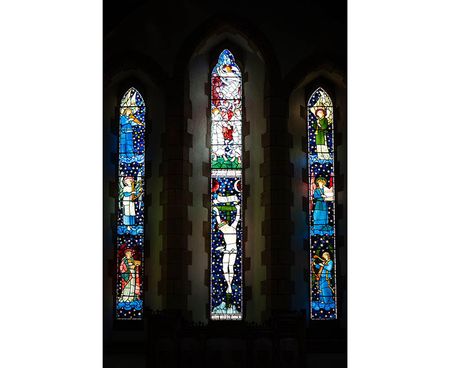 The Pre-Raphaelite painter who swapped 'willowy, nubile women' for stained glass — and created some of the best examples in Britain
The Pre-Raphaelite painter who swapped 'willowy, nubile women' for stained glass — and created some of the best examples in BritainThe painter Edward Burne-Jones turned from paint to glass for much of his career. James Hughes, director of the Victorian Society, chooses a glass masterpiece by Burne-Jones as his favourite 'painting'.
By Charlotte Mullins Published
-
 'I can’t look away. I’m captivated': The painter who takes years over each portrait, with the only guarantee being that it won't look like the subject
'I can’t look away. I’m captivated': The painter who takes years over each portrait, with the only guarantee being that it won't look like the subjectFor Country Life's My Favourite Painting slot, the writer Emily Howes chooses a work by a daring and challenging artist: Frank Auerbach.
By Toby Keel Published
-
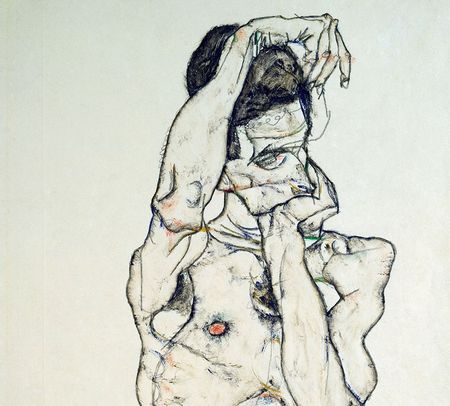 My Favourite Painting: Rob Houchen
My Favourite Painting: Rob HouchenThe actor Rob Houchen chooses a bold and challenging Egon Schiele work.
By Charlotte Mullins Published
-
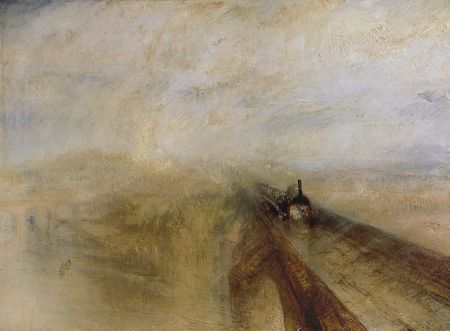 My Favourite Painting: Jeremy Clarkson
My Favourite Painting: Jeremy Clarkson'That's why this is my favourite painting. Because it invites you to imagine'
By Charlotte Mullins Published
-
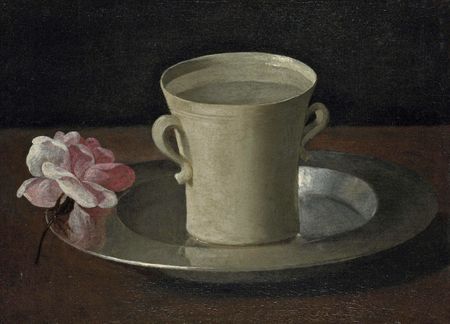 The chair of the National Gallery names his favourite from among the 2,300 masterpieces — and it will come as a bit of a shock
The chair of the National Gallery names his favourite from among the 2,300 masterpieces — and it will come as a bit of a shockAs the National Gallery turns 200, the chair of its board of trustees, John Booth, chooses his favourite painting.
By Toby Keel Published
-
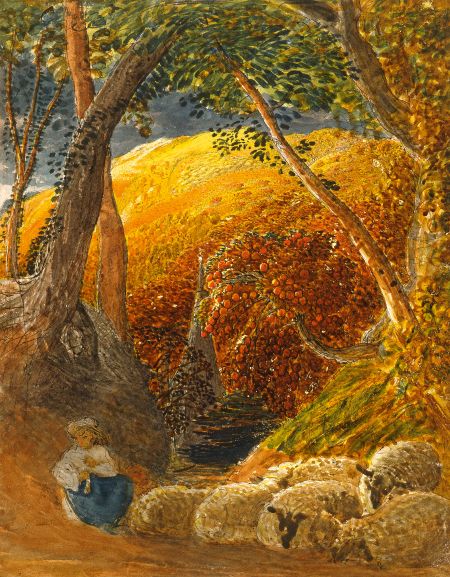 'A wonderful reminder of what the countryside could and should be': The 200-year-old watercolour of a world fast disappearing
'A wonderful reminder of what the countryside could and should be': The 200-year-old watercolour of a world fast disappearingChristopher Price of the Rare Breed Survival Trust on the bucolic beauty of The Magic Apple Tree by Samuel Palmer, which he nominates as his favourite painting.
By Charlotte Mullins Published
-
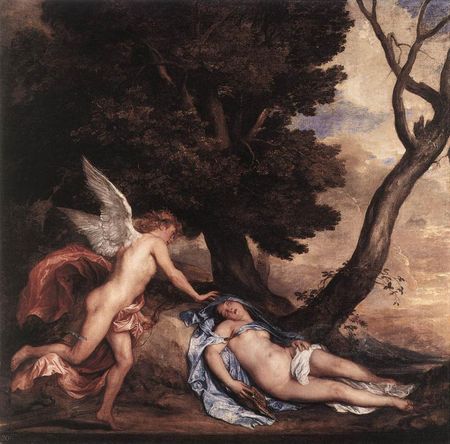 My favourite painting: Andrew Graham-Dixon
My favourite painting: Andrew Graham-Dixon'Lesson Number One: it’s the pictures that baffle and tantalise you that stay in the mind forever .'
By Country Life Published
